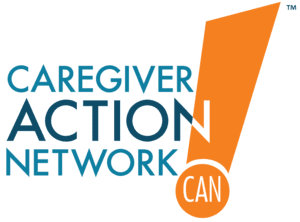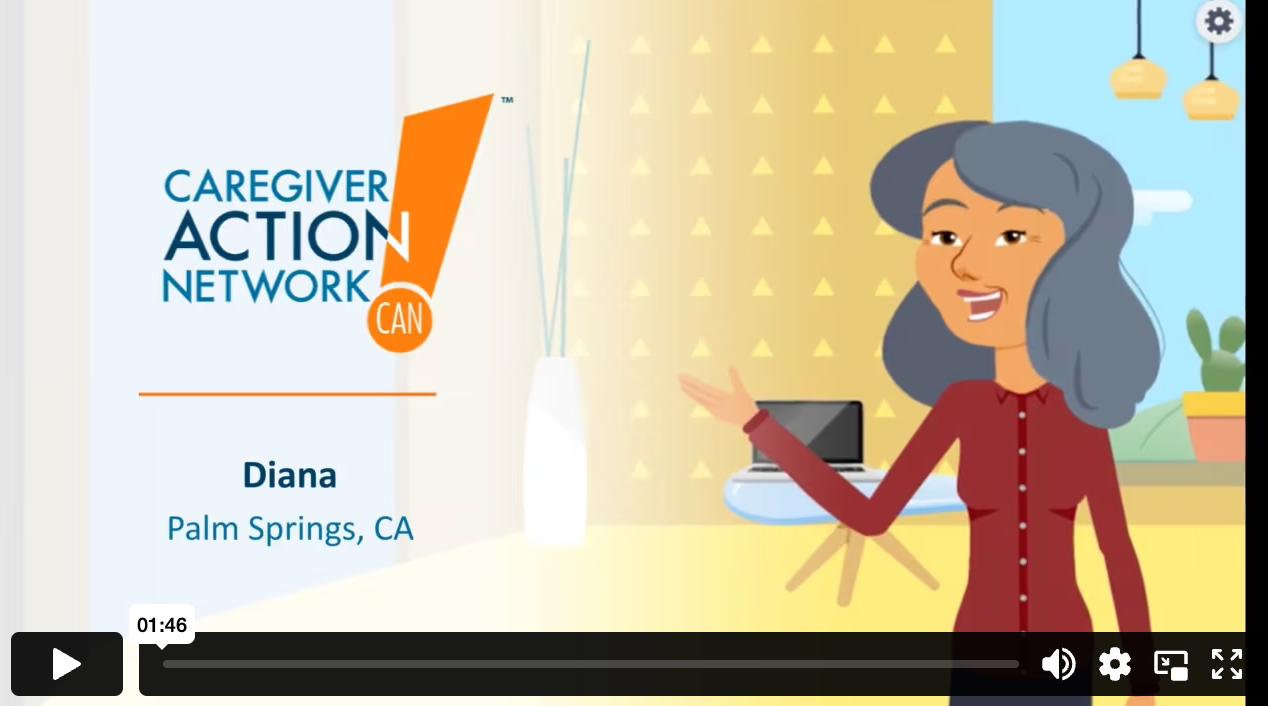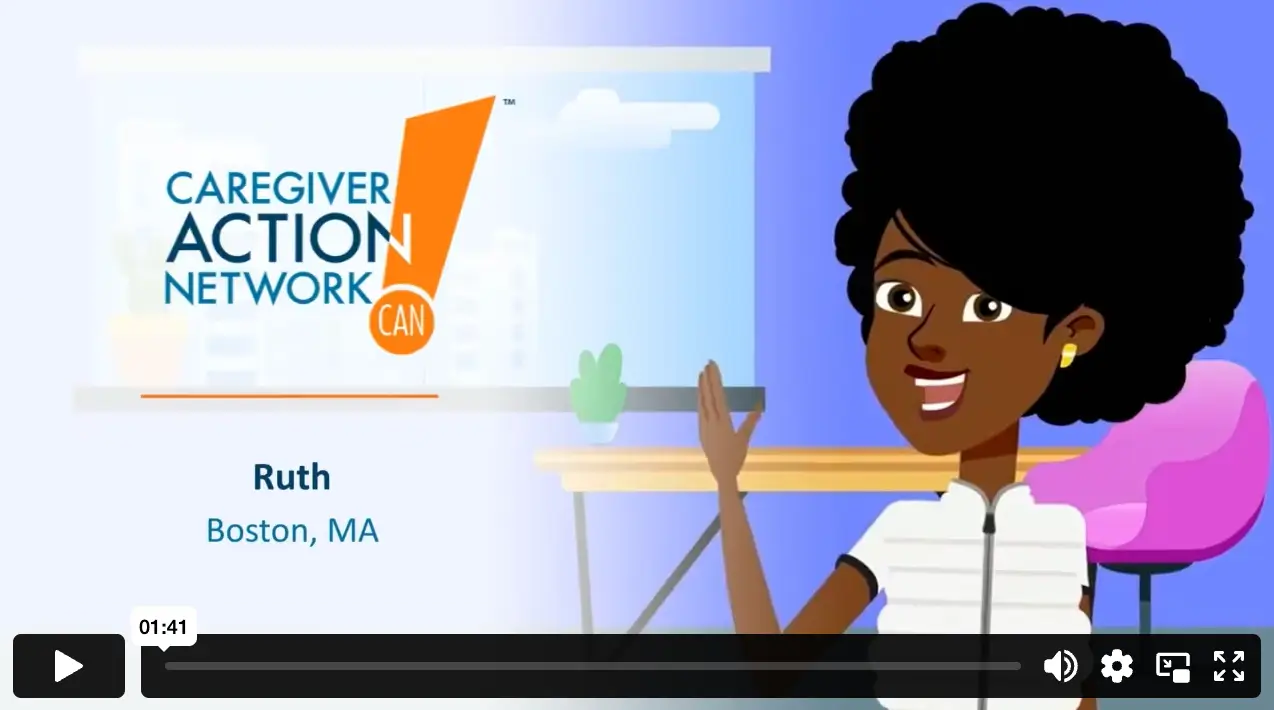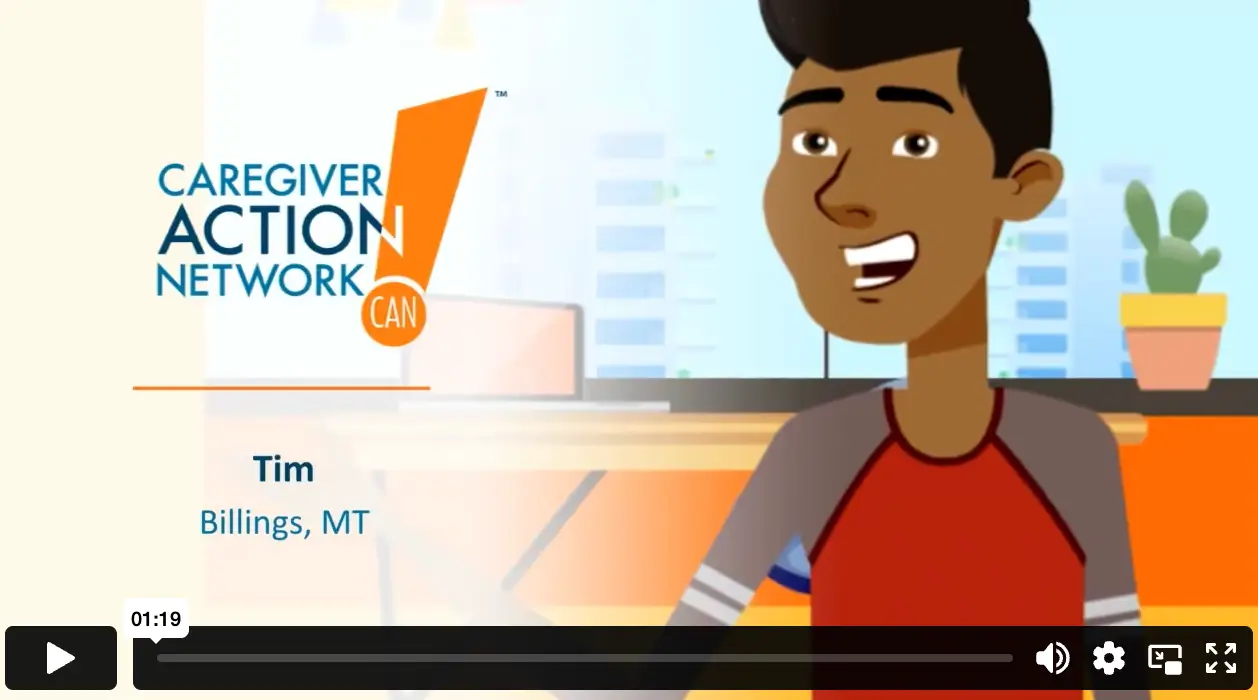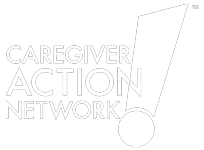Diana’s Story: Long-Distance Caregiving and Tardive Dyskinesia Symptoms Recognition
Diana’s Story: Long-Distance Caregiving and Tardive Dyskinesia Symptoms Recognition
Tardive dyskinesia (TD) is a neurological condition that affects thousands of individuals taking certain mental health medications, yet many families only learn about this TD condition when their loved one begins experiencing symptoms. Diana’s story as a tardive dyskinesia caregiver illustrates the unique challenges of recognizing tardive dyskinesia symptoms from a distance and navigating the complex world of caregiving for mental health conditions.
Diana lives in California and serves as a long-distance caregiver for her adult son Jeff, who resides in Arizona. This geographical separation adds unique dimensions to her caregiving challenges, as she must provide support and advocacy from hundreds of miles away while maintaining close communication about Jeff’s health and wellbeing.
Jeff’s Mental Health Journey
Jeff’s path to mental health stability began during his late teens and early twenties, a period marked by significant struggles and frequent hospitalizations. Diana recalls that “Jeff struggled with his mental health in his late teens and early 20s, and he was in the hospital a lot during that time.” This challenging period required Diana to become an advocate for her son while learning to navigate complex mental health systems.
Through persistent effort to connect Jeff with appropriate care, Diana helped him find “the right team of psychiatrists and therapists.” This approach eventually led to accurate diagnoses of bipolar disorder and post-traumatic stress disorder (PTSD), conditions that required careful management with mental health medications including antipsychotic medications.
The success in managing Jeff’s bipolar disorder and PTSD through proper treatment and medication gave both Diana and Jeff hope for stability. However, this period of relative calm would later be complicated by the emergence of tardive dyskinesia symptoms, introducing new caregiving challenges that Diana would need to address from her long-distance position.
Understanding Tardive Dyskinesia: A Complex Neurological Condition
Tardive dyskinesia (TD) is a neurological disorder characterized by involuntary, repetitive movements that can significantly impact a person’s quality of life. For tardive dyskinesia caregivers like Diana, understanding this TD condition is essential for recognizing symptoms and advocating for appropriate care.
Tardive Dyskinesia Symptoms
Tardive dyskinesia symptoms can vary significantly from person to person, but commonly include involuntary movements affecting different parts of the body:
- Facial movements: Twitching muscles in the face, grimacing, lip smacking, or tongue protrusion
- Jaw and mouth: Repetitive chewing motions or jaw clenching
- Limb movements: Jerking or writhing motions in arms and legs
- Walking patterns: Stiffness or soreness affecting normal gait
- Torso involvement: Twisting or rocking movements of the body
- Eye movements: Rapid blinking or rolling motions
Tardive dyskinesia develops as a result of changes in brain chemistry caused by long-term use of certain medications, particularly antipsychotic medications. These drugs work by blocking dopamine receptors in the brain, which helps manage symptoms of mental health conditions but can also lead to involuntary movements over time.
For individuals requiring ongoing treatment for conditions like bipolar disorder and PTSD, the risk of developing TD must be balanced against the benefits of mental health medications. This complex decision-making process requires ongoing communication between patients, caregivers, and healthcare providers to monitor for early signs of tardive dyskinesia symptoms.
Recognizing Symptoms and Seeking Diagnosis
Diana’s journey as a tardive dyskinesia caregiver began during one of Jeff’s visits to California, when she noticed subtle but concerning changes in his physical presentation. Her experience illustrates how family members often play crucial roles in identifying tardive dyskinesia symptoms that patients themselves might not recognize or feel comfortable discussing.
During Jeff’s visit, Diana observed specific tardive dyskinesia symptoms that raised her concern. She noticed “the muscles in his face twitching” and observed that “he would sometimes walk like he was sore or stiff.” These involuntary movements and changes in mobility were new developments that Diana hadn’t seen during previous visits.
As a long-distance caregiver, Diana’s ability to recognize these symptoms during Jeff’s visit was crucial. The physical distance between them meant that she relied on periodic visits and regular communication to monitor his wellbeing, making her observational skills and advocacy particularly important.
Overcoming Communication Barriers
One of the significant caregiving challenges Diana faced was helping Jeff feel comfortable discussing his symptoms. She learned that “some of his siblings hadn’t been the most supportive or understanding of his mental health challenges or his need to take medications.” This family dynamic had “made it harder for him to open up about how he was feeling,” creating additional barriers to identifying and addressing his tardive dyskinesia symptoms.
Diana recognized that Jeff was worried about his symptoms but struggled to express his concerns due to the stigma and lack of understanding he had experienced from other family members. This situation highlights how mental health awareness and family support can significantly impact a person’s willingness to seek help for new or changing symptoms.
Diana’s Approach: Understanding the emotional toll of caregiving and the impact of family dynamics, Diana focused on being patient and letting Jeff know she was there to support him, which made discussing his symptoms easier for both of them.
Diagnosis
Once Diana and Jeff discussed his symptoms openly, they took proactive steps to seek medical evaluation. Diana recalls that “we scheduled an appointment with his doctor, and that’s when he was diagnosed with TD.” This collaborative approach to addressing concerns demonstrates the importance of caregiver advocacy in obtaining proper diagnosis of tardive dyskinesia.
The relief that came with having a definitive diagnosis was profound for both Diana and Jeff. When Jeff called to share the news, Diana “could almost feel the relief in his voice.” She reflected that “sure, it was another challenge for us to face, but now we had answers and could start exploring treatment options.”
The Toll of Caregiving
The emotional toll of caregiving for someone with tardive dyskinesia can be significant, particularly when combined with existing mental health conditions like bipolar disorder and PTSD. Diana’s journey illustrates how caregivers must navigate their own emotional responses while providing consistent support for their loved ones.
Long-Distance Caregiving Challenges: Geographic separation adds complexity to every aspect of caregiving, from symptom monitoring to medical appointment coordination. Long-distance caregivers must rely heavily on communication and periodic visits to assess their loved one’s condition and needs.
Balancing Multiple Health Conditions
Caregiving for mental health conditions becomes more complex when tardive dyskinesia develops as a side effect of necessary treatments. Diana had to learn about TD while continuing to support Jeff’s management of bipolar disorder and PTSD, requiring her to understand how different treatments might interact and affect his overall wellbeing.
Support and Resources
For tardive dyskinesia caregivers, particularly those managing long-distance care arrangements, building strong support networks is essential. Diana’s success in helping Jeff obtain proper diagnosis and treatment was facilitated by her ability to maintain open communication and provide consistent advocacy despite geographical separation.
Support networks for TD caregivers should include healthcare professionals who understand both mental health conditions and movement disorders, family members who are educated about mental health awareness, and connections with other caregiver stories and experiences.
For other families facing similar challenges, Diana’s experience offers hope that with proper support, mental health awareness, and access to caregiver support resources, it’s possible to navigate the complexities of living with tardive dyskinesia while maintaining strong family relationships and effective care coordination.
